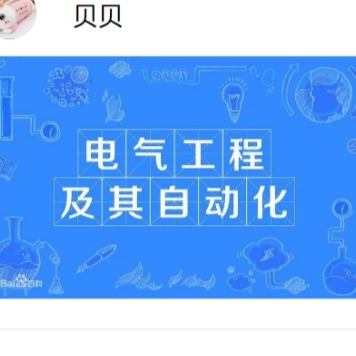Control Components控制元件
声明:您必须遵守我们的协议,如果您下载了该资源行为将被视为对《电天下账号管理规范》全部内容的认可,本网站资源来自原创,仅供用于学习和交流,请勿用于商业用途。如有侵权、不妥之处,请举报本资源,我们将及时审核处理!
Control Components控制元件产品概览。
Control components, also known as control elements or electrical control devices, are essential components in the field of electrical engineering and automation that facilitate the regulation, monitoring, and operation of various systems. These components include a wide range of devices such as:
1. Relays: electromechanical switches that convert an input signal (e.g., from a sensor) into a corresponding output signal (like switching a power circuit on or off), allowing for sequential logic and protection functions.
2. Contactors and switches: heavy-duty mechanical switches used to control high-power circuits, often with built-in fuses or overload protection features.
3. Sensors: devices like position sensors, temperature sensors, pressure sensors, and current/voltage sensors that detect specific parameters and provide feedback to the control system, enabling it to make adjustments accordingly.
4. Circuit breakers and fuse holders: safety devices that interrupt the flow of electricity when a fault is detected, protecting both the electrical equipment and the system from damage.
5. Digital I/O modules: Input/output devices that interface between a programmable logic controller (PLC) or microcontroller and physical processes, handling digital signals for controlling actuators, lights, and other devices.
6. Servo motors and drives: precise electric motors with built-in controllers that enable controlled rotation and positioning based on feedback from encoders, used in applications requiring high accuracy and responsiveness.
7. Valves and regulators: electronic or pneumatic/hydraulic devices that manage fluid flow rates and pressures, essential in process control and instrumentation systems.
8. PLCs and SCADA systems: Programmable Logic Controllers and Supervisory Control and Data Acquisition systems that serve as the central brains of industrial control networks, coordinating and automating numerous control elements across a facility.
These control components work together in complex systems, forming the backbone of automation and control systems in industries such as manufacturing, automotive, energy, and building management, ensuring efficient and safe operation of electrical equipment and processes.








